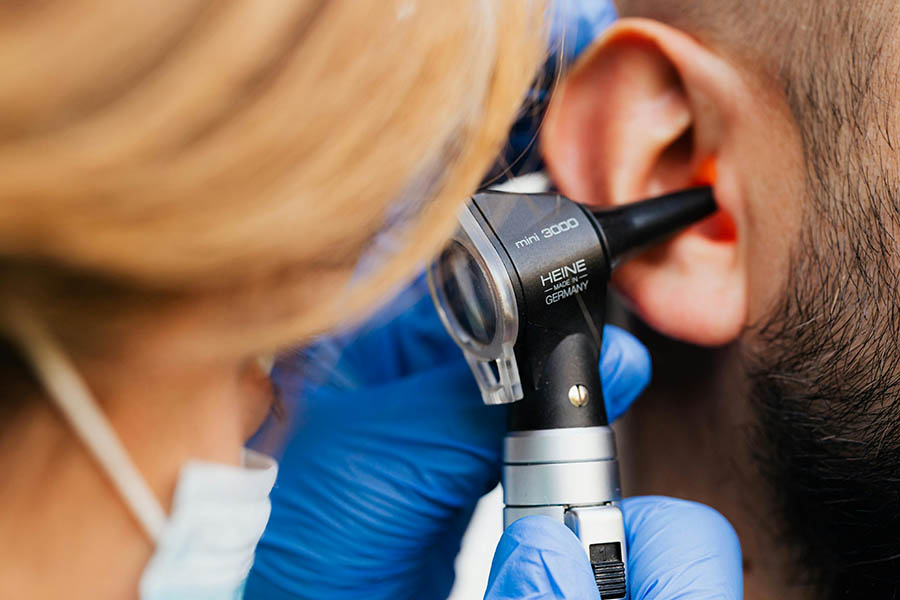In honor of Deaf History Month, we’re sharing the history and progression of hearing technology.

Did you know that April is Deaf History Month? This month is for celebrating historical figures with hearing loss, important milestones of advancements within the community, and raising awareness for people who are deaf or who have hearing loss. Let’s take a look at some history of hearing technology in honor of Deaf History Month in this blog.
Early Sign Language
Did you know that modern sign language can trace its roots back thousands of years? Signs have been used in the past to communicate broadly, but it wasn’t until the 16th century that signing became much more standardized and encompassed a system for individual letters. Credited to a Spanish Benedictine monk, sign language started as a way for monks to communicate during times of silence and was then applied to the hearing loss community as a way to express more complex thoughts and ideas. However, many people are credited with creating standardized signs.
History of Hearing Aids
The hearing aids we know and use today come from humble beginnings; the ear trumpet. This was made from a variety of materials and was often custom-made by instrument makers. These ear trumpets worked as a sort of sound funnel, where the larger opening would absorb the sound waves and funnel them towards the ending point that would be placed in the ear. King John VI of Portugal and Ludwig van Beethoven both used ear trumpets in their lifetime.
The next step towards modern hearing aids was made in 1898, when Miller Rees Hutchinson created the Akouphone. This device used carbon transmitters, early batteries, a microphone, and an amplifier. Though it was a marked improvement on the more passive ear trumpet, it wasn’t suited to daily use and was large and difficult to use.
In the early 1920s, a naval officer created devices that used vacuum tubes, and it was a great success. These devices were available on the market for around 30 years before being replaced by transistor hearing aids in the late 1940s. These devices were smaller, required less battery power, and offered better sound clarity to the users.
The 1970s is the dawn of the modern hearing aid. From microprocessors to high-speed processors with microcomputers, to completely digital hearing aids and Bluetooth capability, there have been incredible advancements in this technology. Sound quality, amplification, customization, and connectivity are better than ever before. Hearing aids are an asset to the hard-of-hearing community and will continue to make improvements to use, functionality, and connectivity.
Deaf History Month
Deaf History Month is a great time to reflect on the memorable people, places, and events in the deaf and hard-of-hearing community. Celebrate this time by hosting or attending a hearing loss event, doing some research, trying a new book related to hearing loss, or watching for upcoming hearing trends or innovations.
CapTel History
In more recent history, 2025 marks 25 years since the invention of captioned telephone technology, thanks to CapTel. Join CapTel in celebrating 25 years of captioning excellence! For more hearing-related blog posts, visit the CapTel blog.


